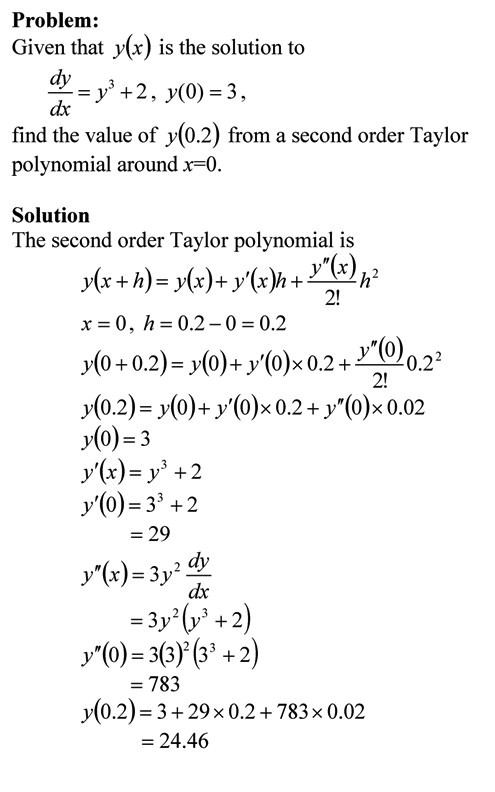When solving a fixed-constant linear ordinary differential equation where the part of the homogeneous solution is same form as part of a possible particular solution, why do we get the next independent solution in the form of x^n* possible form of part of particular solution? Show this through an example.
See the pdf file
______________________
This post is brought to you by
- Holistic Numerical Methods Open Course Ware:
- Numerical Methods for the STEM undergraduate at http://nm.MathForCollege.com;
- Introduction to Matrix Algebra for the STEM undergraduate at http://ma.MathForCollege.com
- the textbooks on
- the Massive Open Online Course (MOOCs) available at
